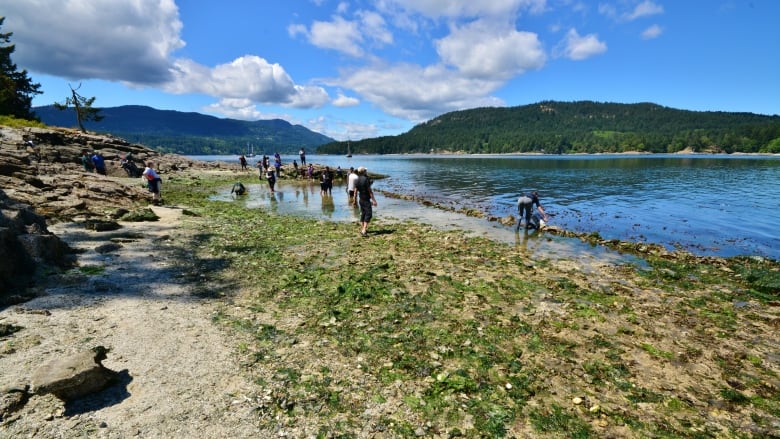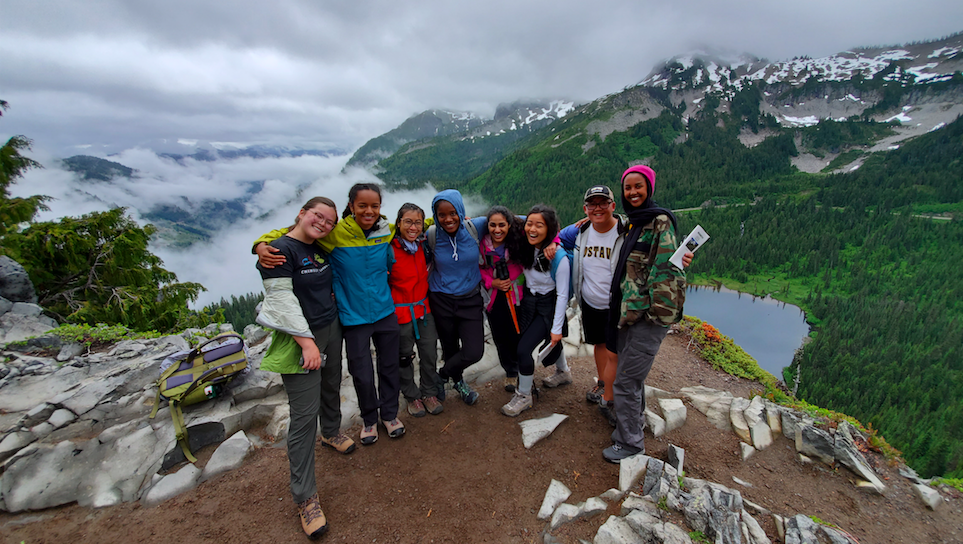Amplifying Community Engagement for the Urban Marine Program
Washington Sea Grant
As part of our values statement, WSG strives to ensure the right of all people to live and work in a clean environment, and to eliminate disparities in access to natural resources, opportunities, and decision-making processes. To do this effectively, WSG will explore potential new projects related to equitable access to ecosystem services and marine resources within urban populations. Currently, WSG has limited programming that engages with urban populations of Washington, and specifically does not have programming that is focused on access to ecosystem services, and marine foods and resources in urban spaces. With this exploratory opportunity, community needs associated with urban populations’ use of the marine environment and participation in decision-making processes, will be assessed, and program gaps that may be filled by WSG will be identified. Specifically, the aim of this activity is to explore the needs of communities of color and traditional and local knowledge holders that are currently underserved and underrepresented in WSG outreach programming in urban environments.




